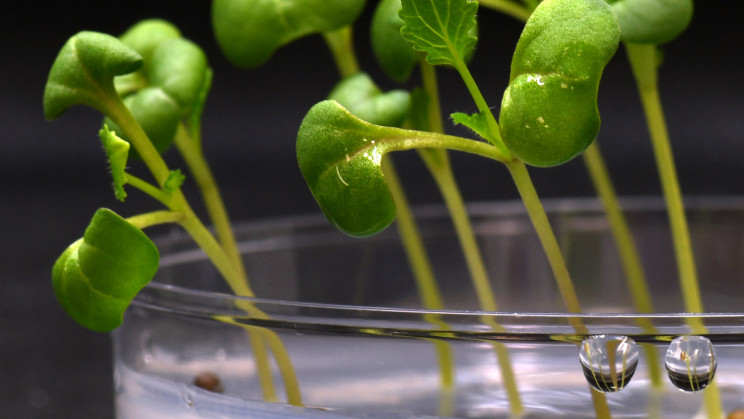Replicating Human Brain Complexity
Scientists at the University of Wisconsin–Madison have achieved a groundbreaking milestone by successfully producing the functional 3D-printed brain tissue. This seemingly impossible development mimics the growth and connectivity observed in authentic human brain tissue.
Paving the Way for Neuroscientific Advancements
The accomplishment opens up new avenues for neuroscientists to investigate the intricate communication processes among brain cells and various regions of the human brain. This advancement holds promising potential for enhancing our understanding and treatment approaches for diseases such as Alzheimer’s and Parkinson’s.
Creating a realistic organ is vital for studying diseases and testing drugs. The brain, especially, poses challenges. Lab-grown neurons must connect functionally, and the tissue needs a delicate yet complex structure. Researchers have achieved the 3D printing of brain tissue that exhibits growth and functionality akin to a natural brain.
Breaking the Mold with a Horizontal Approach:
Unlike previous attempts that built tissue layer by layer, this innovative method takes a horizontal approach. Imagine neurons, grown from stem cells, carefully arranged side-by-side within a soft, supportive gel. This unique strategy grants the neurons the crucial flexibility needed to form connections and communicate, replicating the intricate neural networks of the human brain.
The breakthrough in 3D-printed brain tissue opens doors to:
- Deeper Insights into the Brain: Using these tissues for studying brain development, disease progression, and drug effects in a model more similar to the human brain than traditional animal models.
- Personalized Medicine Tailored to Your Brain: Replicating specific diseases or individual variations, potentially leading to personalized treatments and therapies for a more precise healthcare approach.
- Unlocking the Mysteries of Neurological Disorders: Studying how these tissues respond and develop connections could provide crucial insights into the mechanisms of Alzheimer’s, Parkinson’s, and other brain disorders, potentially leading to more effective treatments.







